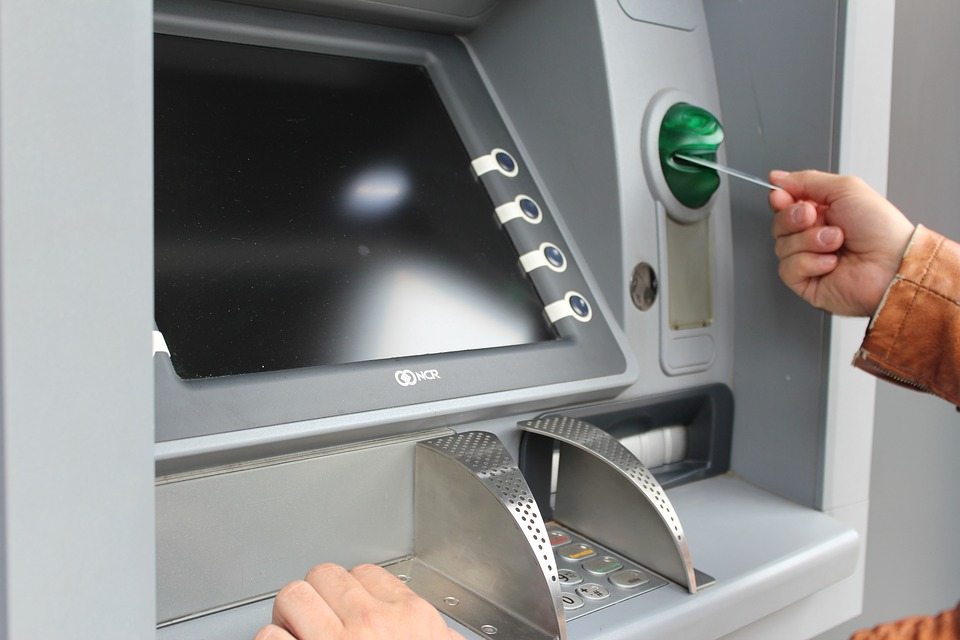1. Multiple People Invented Versions of the ATM
Depending on who you ask, you’ll get a markedly different story on who invented the ATM. History.com says it was Don Wetzel, who came up with a machine to dispense cash in 1969. Wikipedia gives credit to John Shepherd-Barron, who had his version debut in 1967 for Barclays Bank. There was also Luther George Simjian, who invented his Bankograph in 1960, although it wasn’t successful.
2. Credit Shephard-Barron’s Wife for the Four-Digit PIN
Shepherd-Barron also came up with the idea for the personal identification number (PIN). Although he was easily able to recall his army number, which was six digits, he asked his wife how many numbers she could remember. She said four, and thus, the four-digit PIN was born.
3. ATM Limits Were Once Just $14
When Shepherd-Barron’s ATMs debuted for Barclays Bank, the maximum amount you could withdraw was 10 pounds, which is around $14. Of course, with inflation, $10 in 1967 is equivalent to over $70 today. Still, ATM limits have gone up considerably, with most banks setting their limit at $1,000. A few have lower limits, such as $400 or $500, but some also have limits in the $2,000 to $3,000 range.
4. They’re Widespread – and They Just Keep Spreading
The number of ATMs has increased at a steady rate, but it really exploded in the 80s. The total number of ATMs worldwide is now over 3 million, and a new one gets installed around every three minutes. There is even an ATM all the way out in Antarctica.
5. Banks Grew Because of ATMs
Even though bank accounts are very popular nowadays, that wasn’t always the case. Before the ATM came out, many Americans instead opted for getting paid in cash. The ATM changed that. Because banking was more convenient and even cool, in its own way, more people started signing up for bank accounts. Although banks instituted ATM fees in the 90s, by that point, banking was already established as the best way to keep track of your money.






